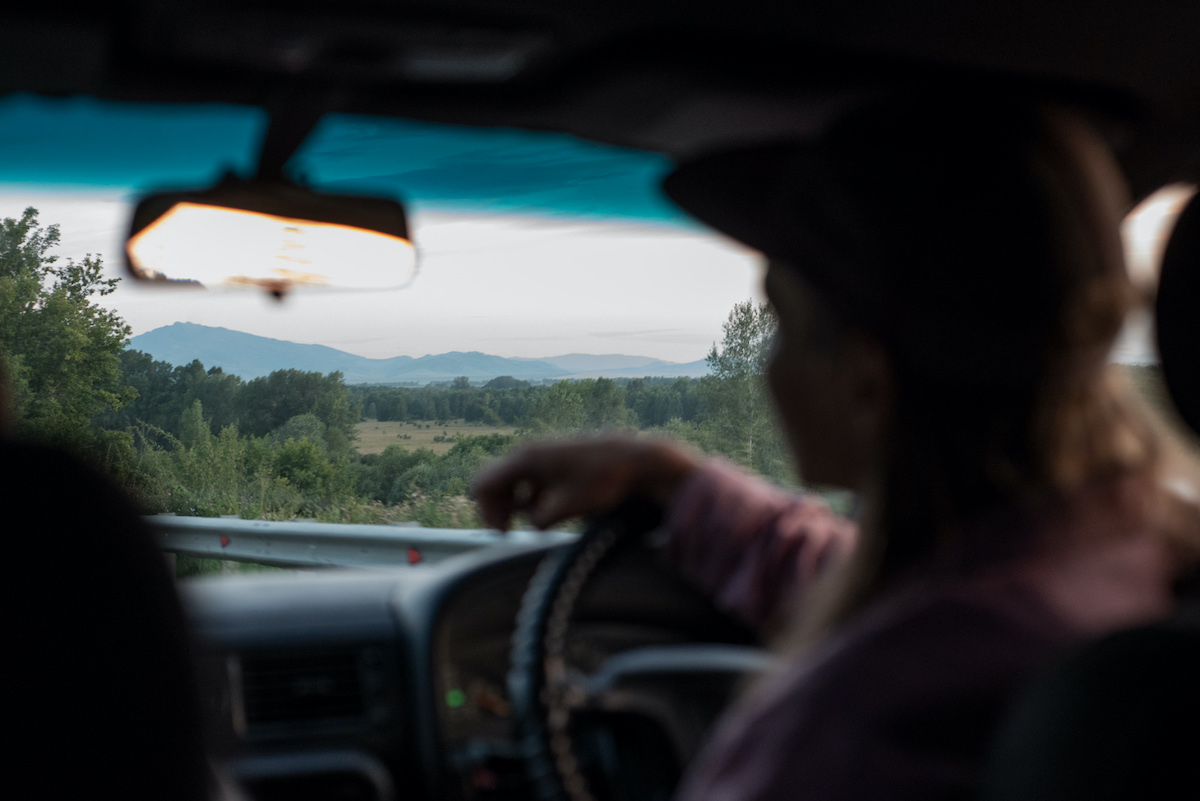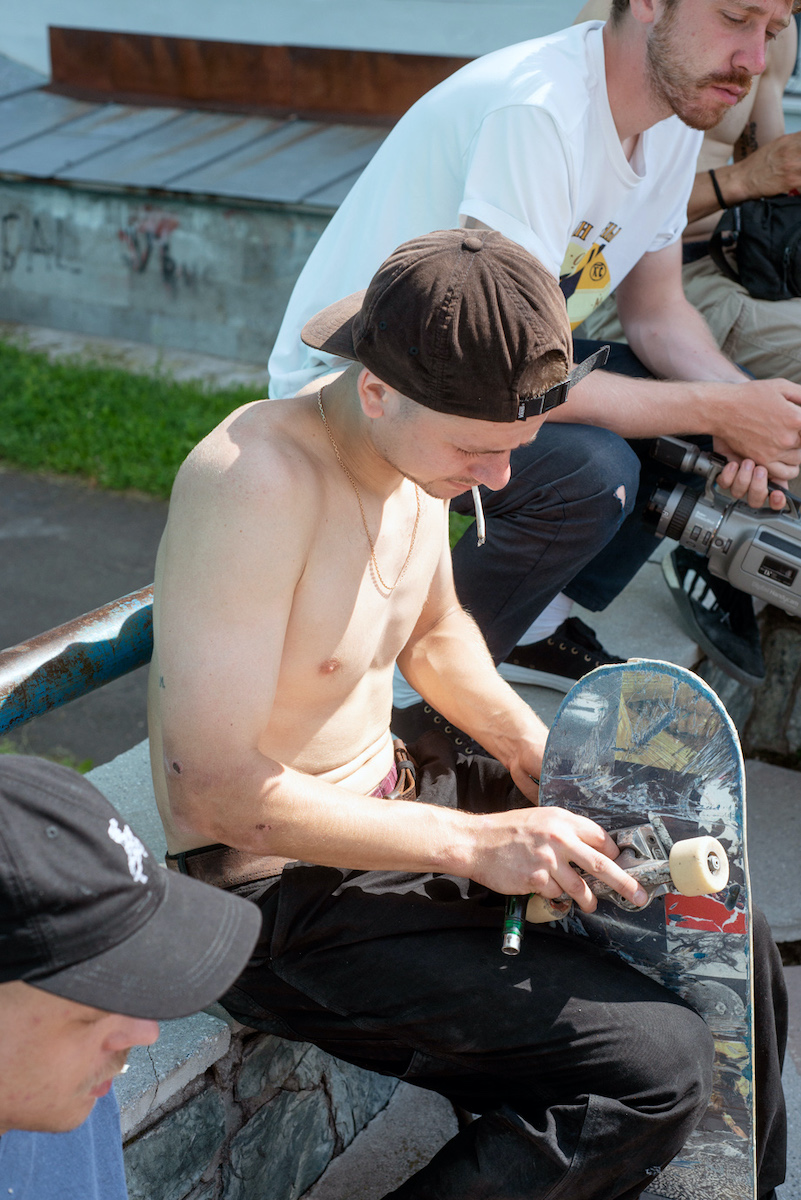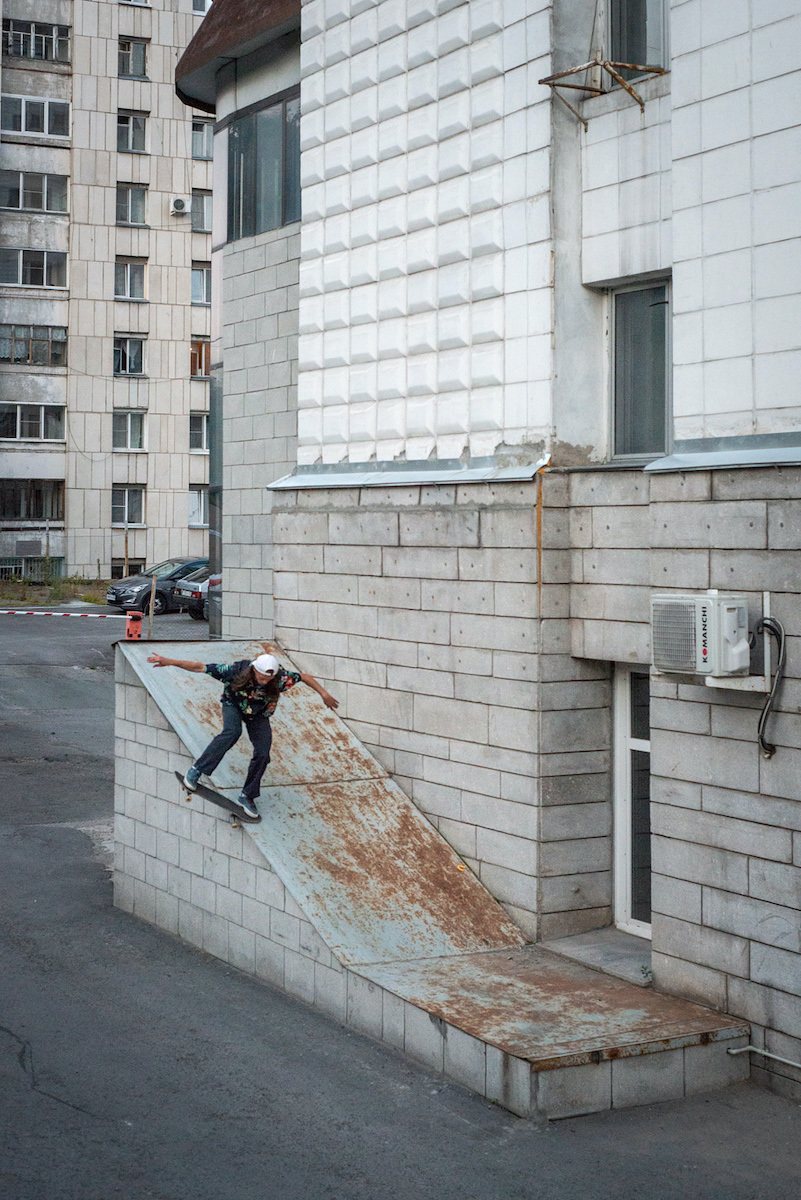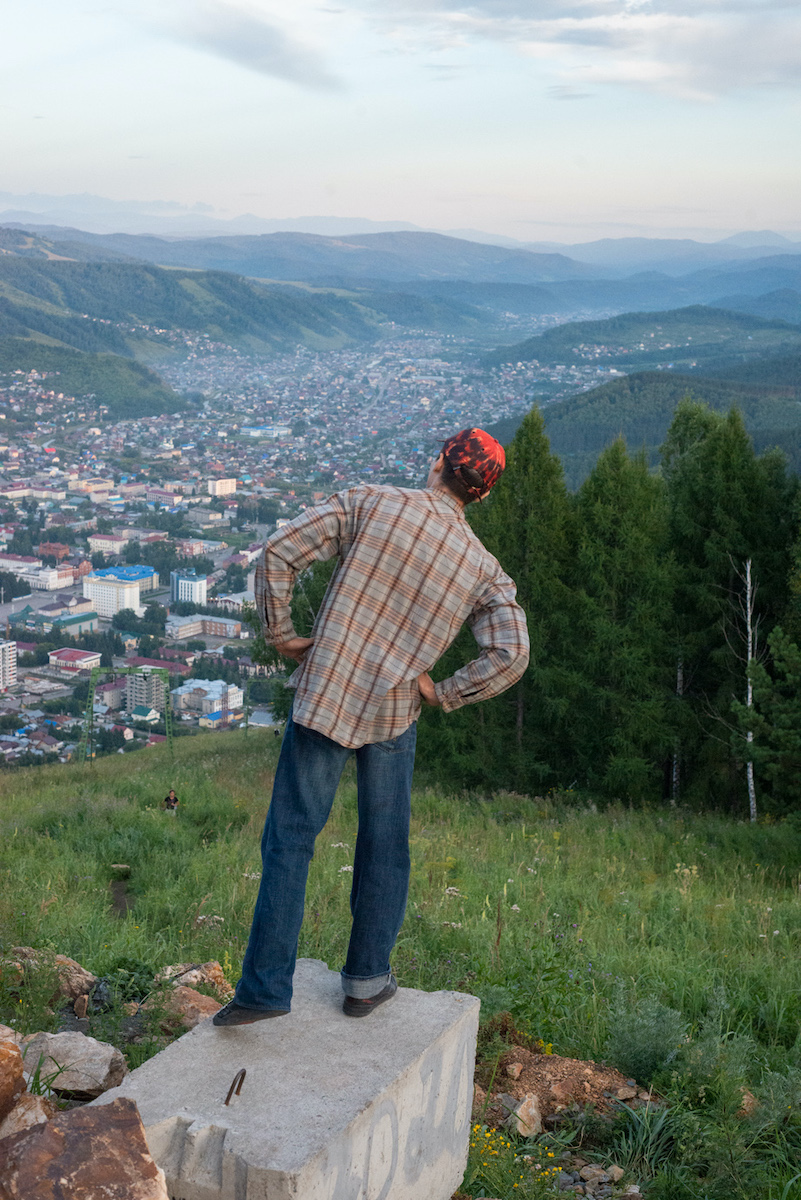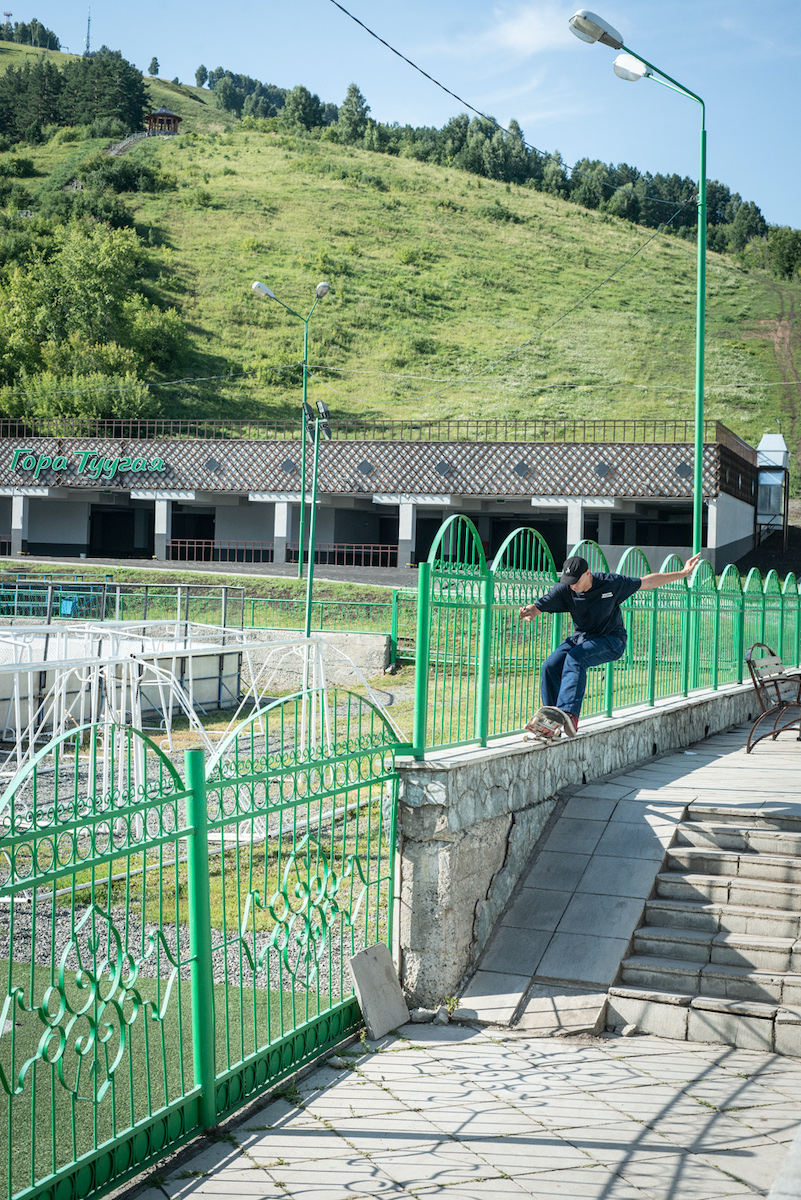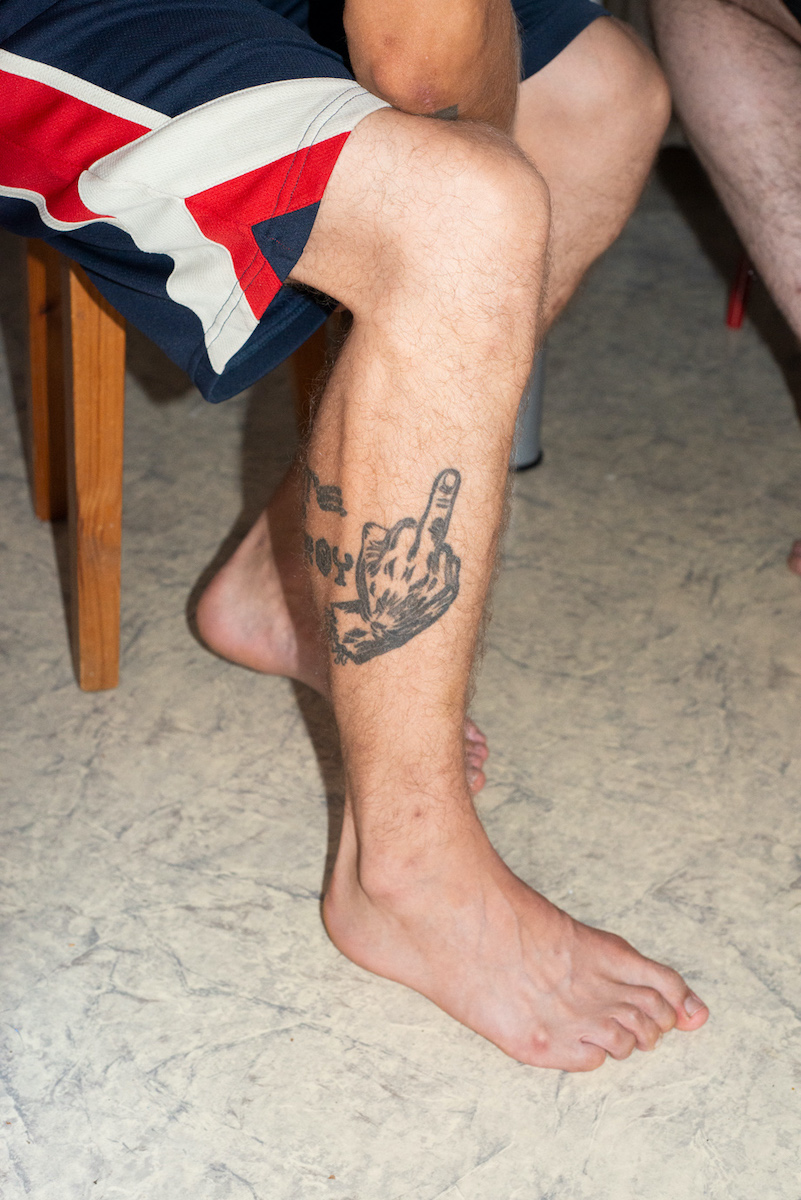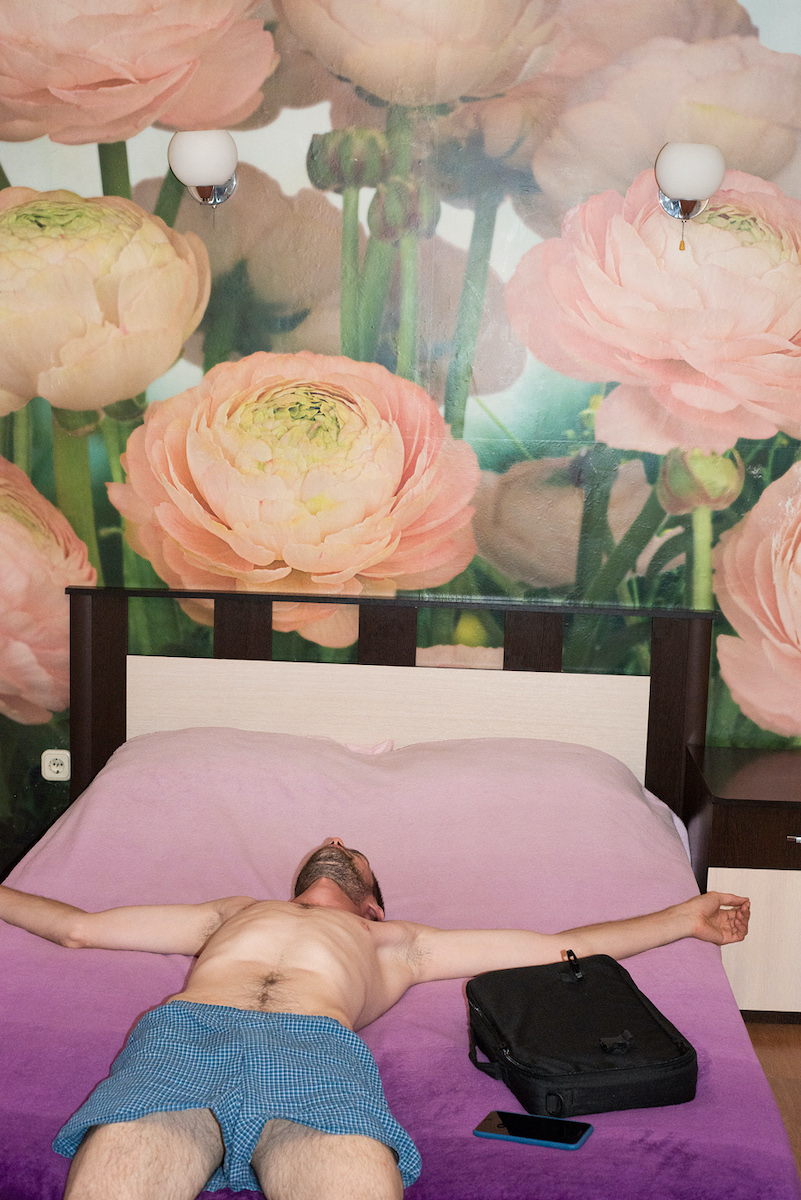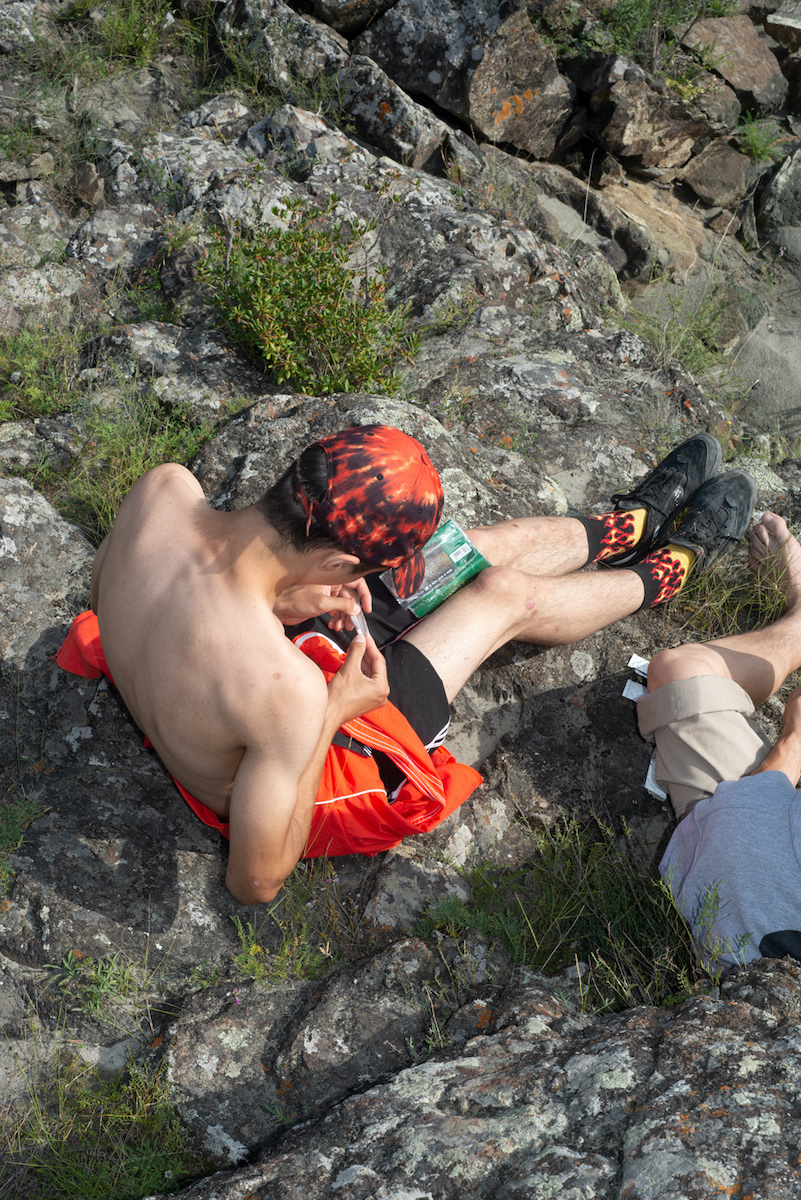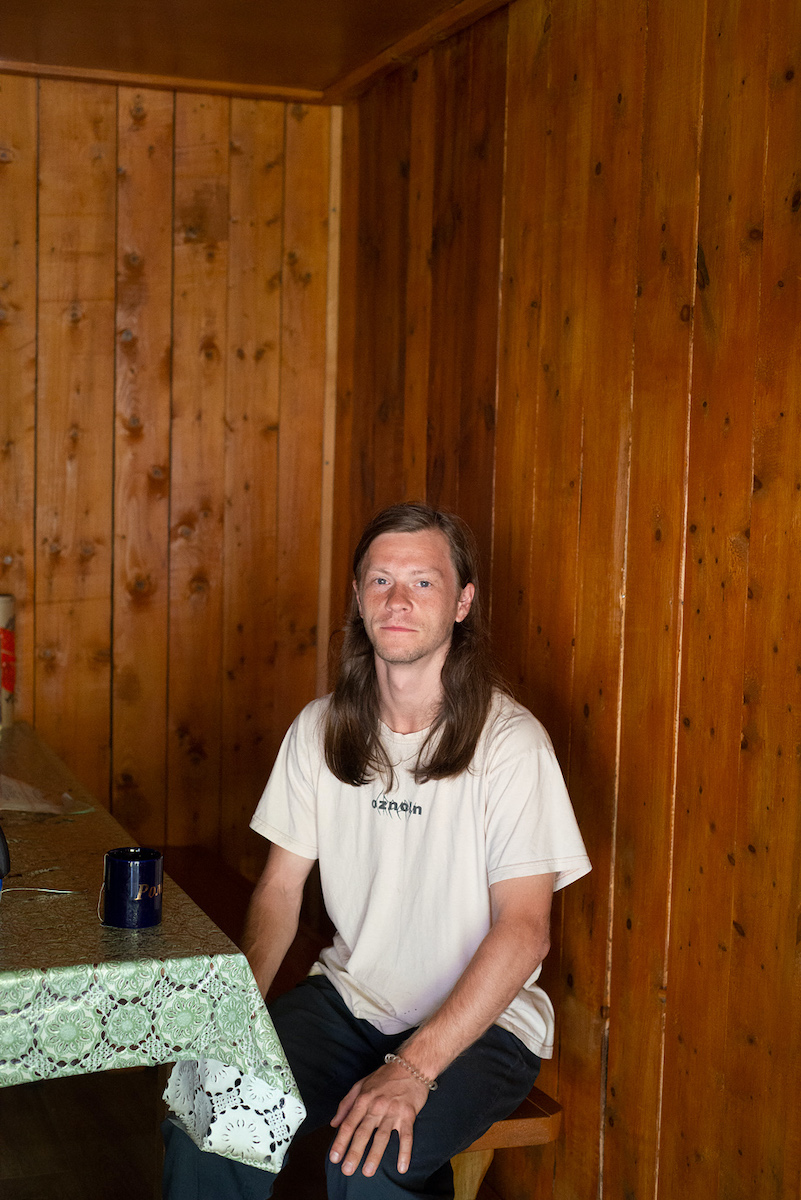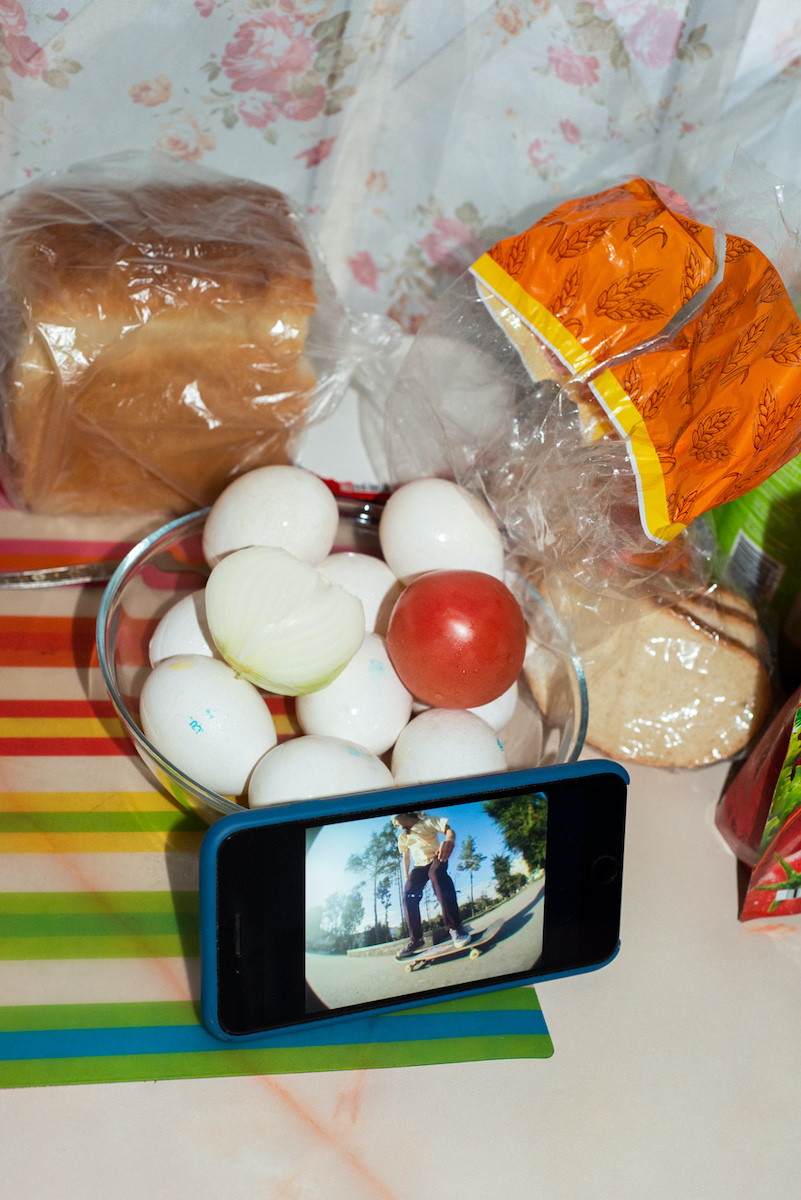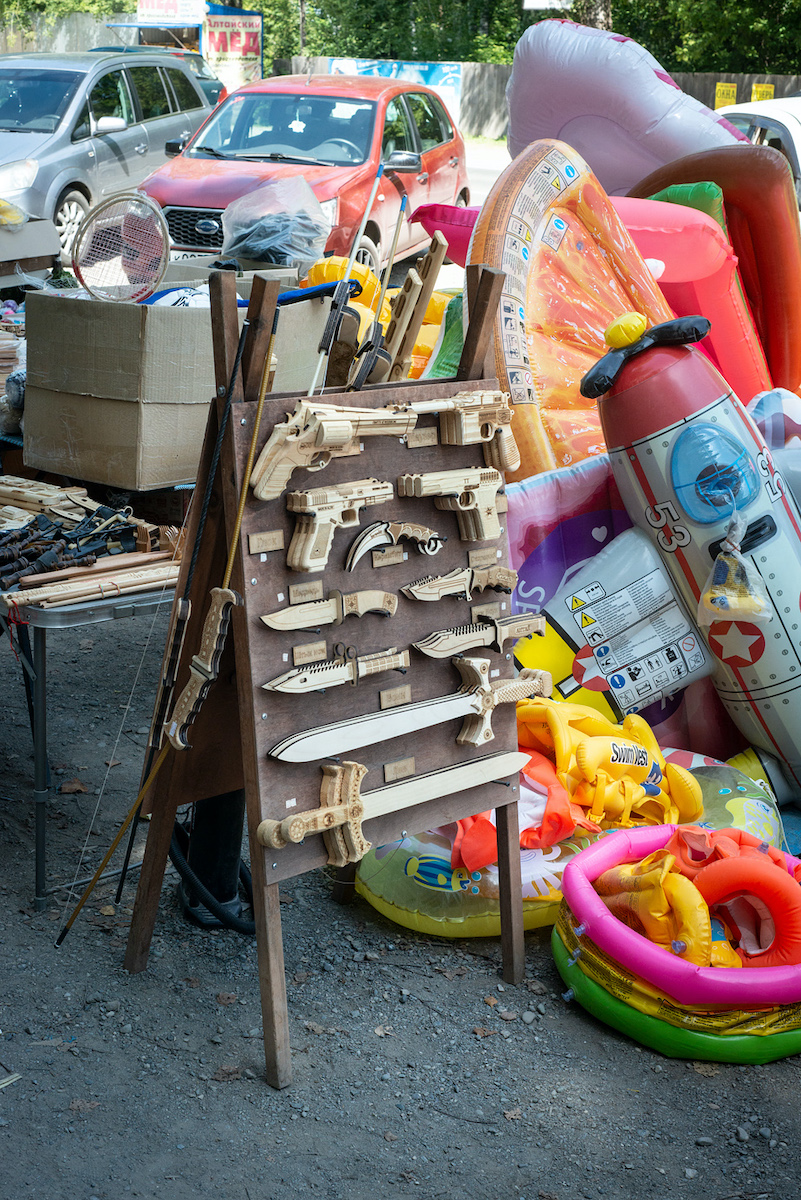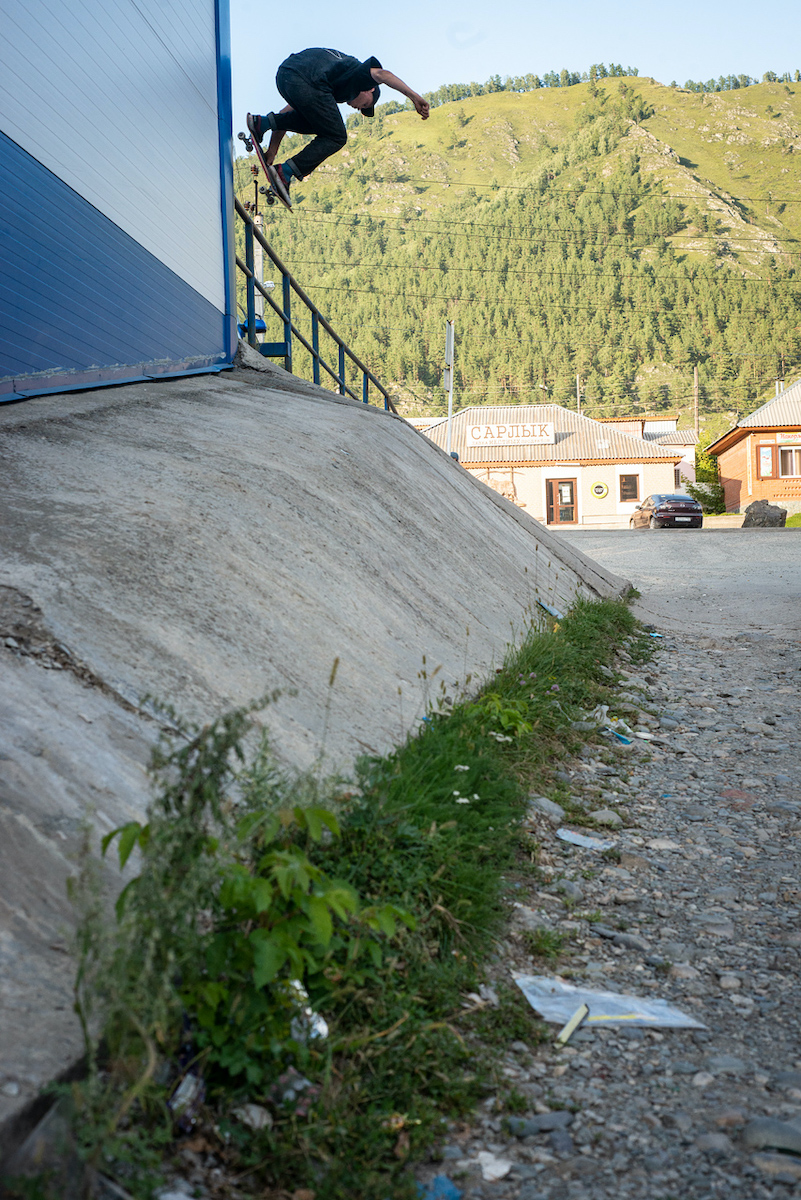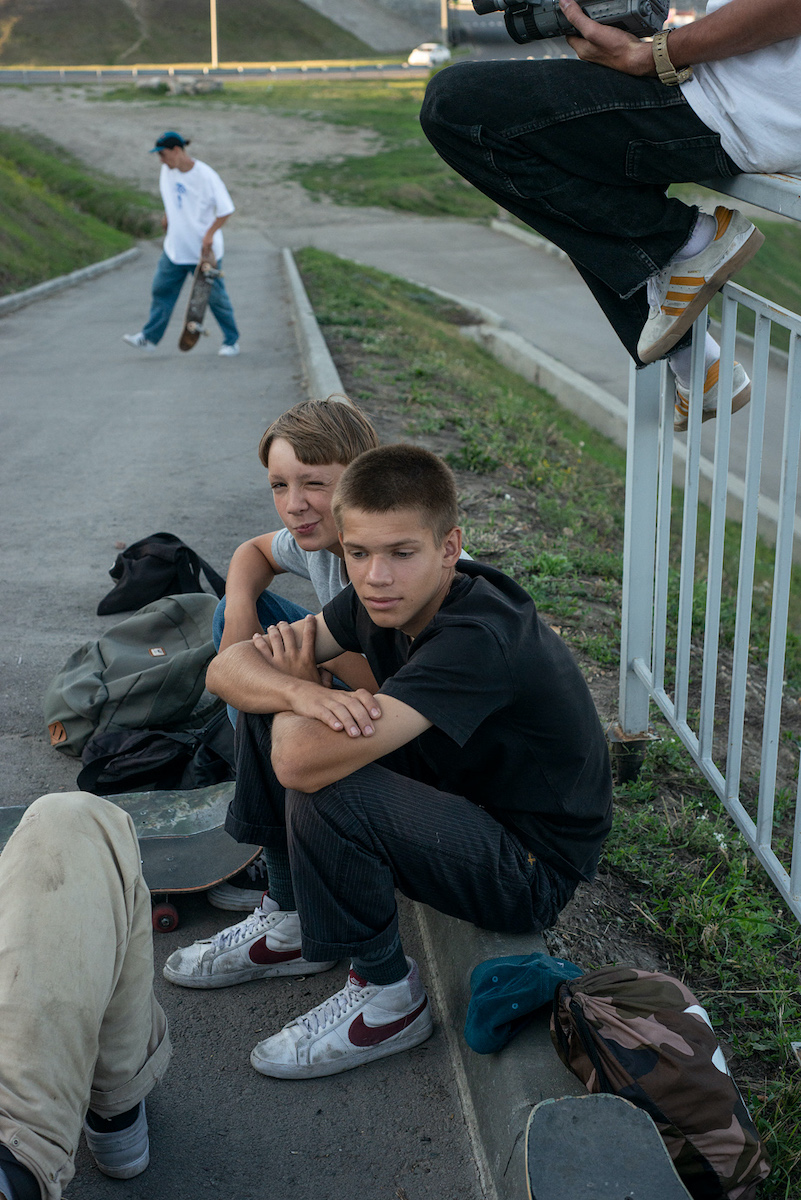Skateboarding in Shambala: photos from a whirlwind summer ride through Russia’s alpine lakes and Siberian borderlands
Alexey Lapin has been immersed in the world of Russian skateboarding for more than 20 years — 15 of which he has spent with a camera documenting its own unique subculture. During the summer of 2020, together with a crew supported by the Skateboarding Federation of Russia, he headed to Altai — a Russian republic in southern Siberia, which encompasses the Altai Mountains and surrounding tundra, alpine meadows, and lakes. Altai is renowned for its nature reserves and the ancient spirituality of its numerous native cultures. But away from the tourist hotpots, the crew hoped to explore the region’s urban environment with the help of their skateboards.
Lapin describes the photo book he made on the trip — Altai: In Search of Internal Shambala Through Skateboarding — as a blend of “conceptual, documentary, and sport photography, and an ode to the social escapism of skateboarding”. “It’s an encrypted message to everyone who is in search of personal Shambala through skateboarding. Not the Shambala that exists as a certain place on the map, but the inner harmony with yourself when you are surrounded by authentic Russian reality,” he explains.
Here, he reflects on the trip and the joys and pains of skateboarding in Russia.
I have been producing projects on travel photography and skateboarding across Russia and Eastern Europe for a long time. Altai always seemed to me to be a promising destination. The region attracted me with its air of mystique and sacrality, its relative remoteness, and how underexplored it was in regards to skateboarding.
The trip itinerary took us from Novosibirsk to Gorno-Altaysk to Barnaul and back to Novosibirsk again, all in 12 days. That’s the average duration of a proper skateboarding tour. Of course, it was a bit of a whirlwind trip, but there’s nothing you can do about that: every extra day is a significant amount of stress on the modest budget of a skateboarder.
I had already been to Novosibirsk a few times and knew the area a little. As it is the biggest city of the region, that was where we planned to film our tricks if we couldn’t find any areas suitable for skateboarding in our other locations. The main focus was on Gorno-Altaysk and its surroundings. We needed another location and chose Barnaul, but I have to admit that we did not explore it properly. The city definitely deserves attention, though.
In the cities, we rented apartments, sometimes for a day at a time. The longest period we spent in the countryside was in Gorno-Altaysk, where we lived next to the Aya lake. The locals have built plenty of summer cottages — cabins, really — on their land to rent out to tourists. We stayed at one of these improvised inns owned by a woman called Galya. It had a very special charm and atmosphere. We got to know our neighbours from other regions of Russia. The shared outdoor space had barbecues that you could use for making shashlik or kebabs, and a banya, or bathhouse, that were always available. We had our own terrace where we spent the evenings lying on a blanket, chatting, and drinking a cup or two of Altai’s herb-infused vodka. We fell in love with the crystal clear air and, as Kant said, “the starry heavens above”. It was idyllic.
A skateboarding trip is very different from a regular tourist trip: you don’t get to know the place through sightseeing, tasting local dishes, visiting museums and galleries like “regular” tourists do. You discover it by interacting with the streets, the courtyards and back alleys, through the environment and the atmosphere of everyday life — rather than by visiting landmarks or facades. When “regular” tourists come back from Altai, they’ll tell you all about the local cuisine. I can tell you that I did not try a single local dish during the whole trip, but I can vouch for the region’s shawarma culture. I don’t think I’ve had shawarmas that good, that big, or that varied anywhere else. In that sense, skaters are the true experts on street food in different regions of Russia.
We really liked Gorno-Altaysk, a quiet and peaceful town in a beautiful valley surrounded by small mountains. On the weekends, life there came to a stand-still: maybe people went to their summer houses or preferred to stay at home; in any case, the streets were almost empty. We were skating there all alone, and we enjoyed every second of it. We liked making our own trip into nature too: we went to an area not too far from the village of Chemal on the Katun river at the weekend. The nature around there is incredibly beautiful.
Generally, it’s a joy to skateboard in our country. Sometimes there is a risk involved, but that’s what’s great about it. Almost all of our Russian spots are unique. Quaint, beat-up, rugged, but really attractive in being so different and imperfect. That’s why I love shooting in Russia.
I’ve been skateboarding for more than 20 years and specialising in skateboarding photography for more than 15. I started as an ordinary skater by learning basic tricks, and getting that dopamine rush every time I mastered a new feat. The joy was as pure and intense as it usually is in your youth. It seems that those feelings left such a deep impression on my brain that even to this day I can’t stop chasing the thrill I once experienced.
